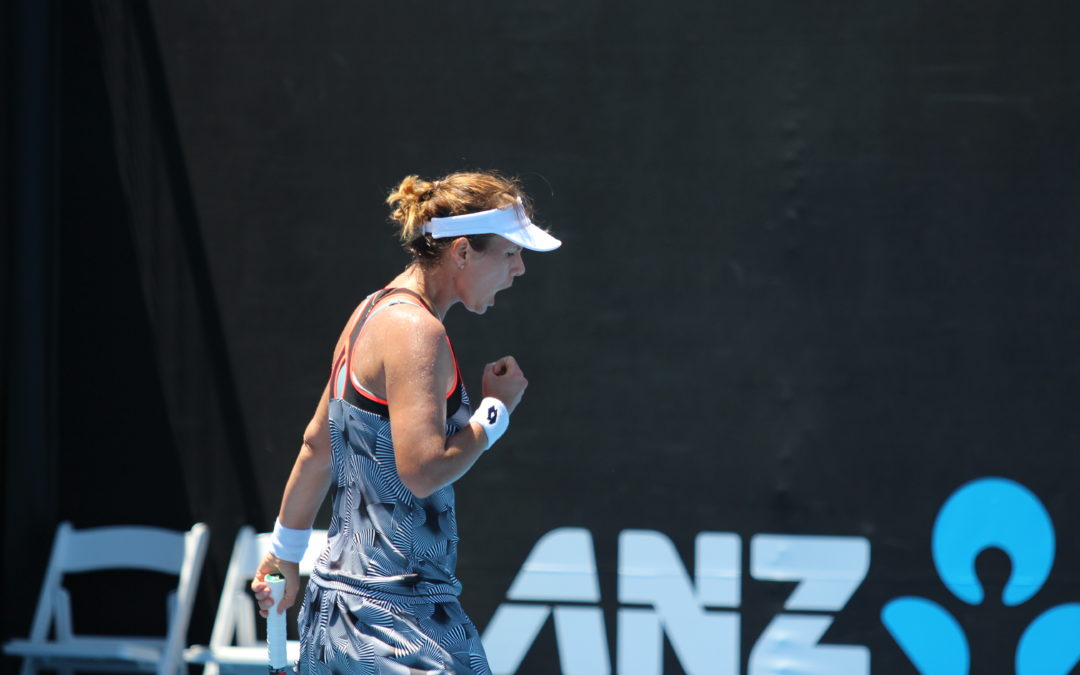Circa 2016- The introduction of Craig O’Shannessy’s revolutionary research into how matches are won and lost signaled to the tennis world that the practice court environment was broken. The stats showed, and continue to show, that an overwhelming majority of points are won and lost within the first four shots of a point, yet practices tended to center on longer rallies and consistency; only introducing the serve and return to play a few points toward the end of the practice.
There’s no hiding from the stats. In Women’s tennis, at the professional level around 68% of points end within the first four shots; in college that number is around 62%, and in juniors it’s around 59%. The first four shots matter. Armed with this data, its clear players need to be investing considerable amounts of time in to working on patterns of play within the first four shots that will give them the best chance of winning matches. However, the structure of the practices that immediately precede competition can have tremendous impact on players’ success in actually executing the winning first-four patterns of play in matches.
In the days leading up to a recent tournament, I asked a number of our players what they wanted to get out of the next practice sessions. All of them said they wanted to feel good. This can mean different things to different players, but the central theme was clear- players often believe they need to feel good to play good. If practices leading up to competition are primarily focused on the first four shots and therefore stop start in nature, it can prove difficult for players to find their rhythm; finding their rhythm helps players feel good; when players feel good they usually grow in confidence, and confident players arguably execute better in matches.
Here are a couple of simple ways to help them generate this feeling on the practice court:
Rallies
Despite current narratives that label longer rallies in practice as mindless or a waste of time, their importance cannot be understated in giving players ample time to find their groove and feel good. In the immediate buildup to competition, allow players to spend as much time as they need to feel good in longer rallies. Cross court, down the line, or through the middle hitting for extended periods of time can help players get into their feel-good zone. If you (the coach) jump into these rallies with your player, hit balls without too much pace or spin that allow your player to hit the ball at her optimal contact point every time, building her rhythm and confidence.
Rip Drills
A great finisher for practices in the day or two before competition is an 8 to 10 ball rip drill. Grab a basket and feed no-pace mid-court balls that your player can step in on and rip to big targets. Encourage her to move up off the baseline to take these balls on the rise and swing freely. Repeat this drill a few times if necessary, letting your player find a sense of conviction on these balls that will transition into greater confidence come match time.
Before the first match ball is hit, help your player feel good so she can play good.

